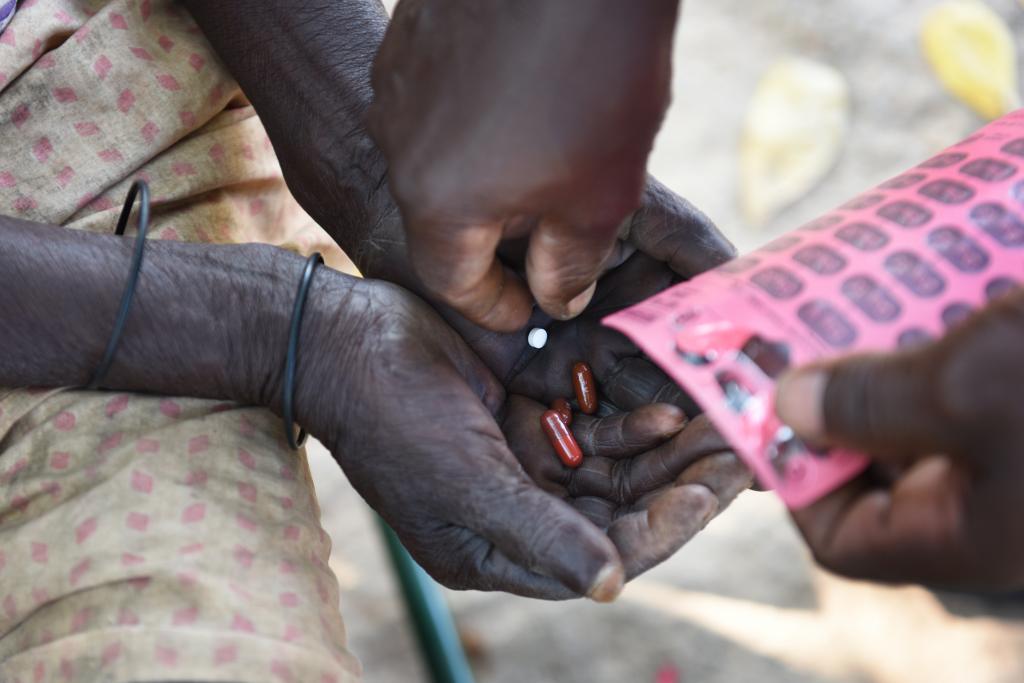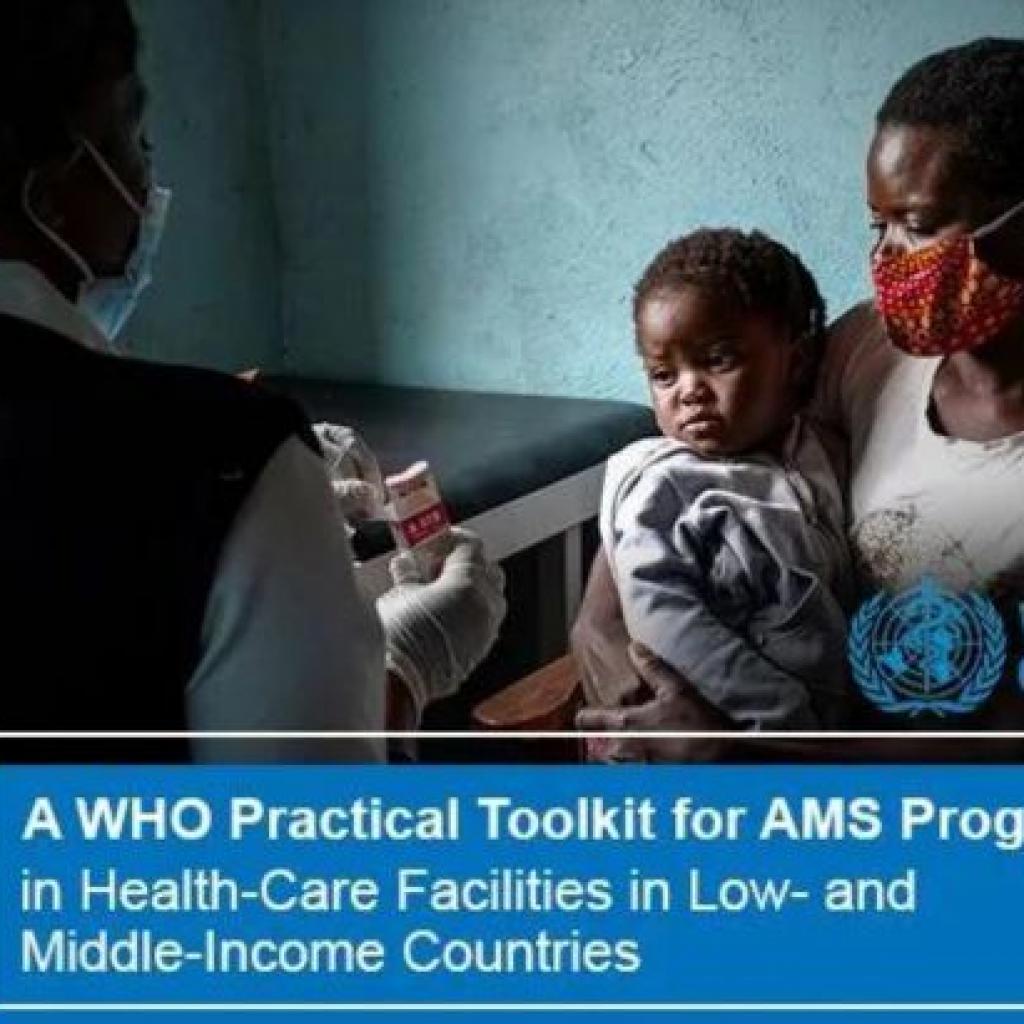Antimicrobial Resistance (Part 1)

Course details
About this course
Antimicrobial resistance (AMR) occurs when disease-causing pathogens adapt to become able to withstand the killing or suppressing power of antimicrobial medicines. These drug-resistant pathogens can then spread within health facilities and the community, in humans, animals, and the environment. This phenomenon increases the global burden of infectious diseases and strains health systems.
This course aims to improve the learner's awareness and understanding of the basic principles of AMR, the impact AMR has not only on individuals but also on the society, making it a major public health concern.
A complementary course, Antimicrobial Resistance (Part 2)(link will open new window), describes interventions that address the multiple factors contributing to AMR.
After completing this course, the learner will be able to do the following:
- Describe what AMR is and how it emerges
- Provide an overview of the major drivers of AMR and how it spreads
- Explain how AMR affects diseases of major public health importance
- Describe the impact of AMR on individuals, society, health systems, and global health goals
- Describe recent international efforts to address AMR including the Global Health Security Agenda



